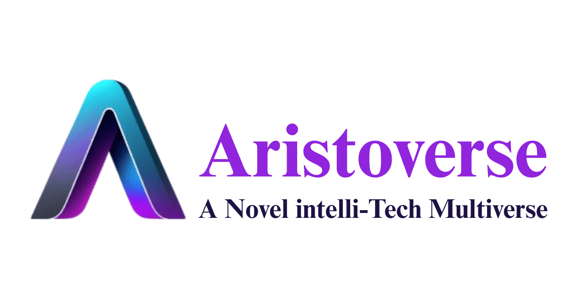
Technology Readiness Levels (TRLs)
At Aristoverse, we've mastered the art and science of shepherding innovations from initial concept to real-world impact.
TRL Overview
TRL 1: Basic Principles Observed and Reported: The starting point of scientific research translated into future research and development.
Understanding TRLs
Technology Readiness Levels, originally developed by NASA, provide a common understanding of technology status and address the entire innovation chain. At Aristoverse, we've adapted and enhanced this framework to suit the diverse range of technologies we work with.
TRL 2: Technology Concept and/or Application Formulated: Practical applications of basic principles are invented or identified.
TRL 3: Analytical and Experimental Critical Function and/or Characteristic Proof of Concept: Active research and development is initiated, including analytical and laboratory studies.
TRL 4: Technology Validated in Laboratory Environment: Basic technological components are integrated to establish that they will work together.
TRL 5: Technology Validated in Relevant Environment: The basic technological components are integrated with reasonably realistic supporting elements.
TRL 6: Technology Demonstrated in Relevant Environment: A representative model or prototype system is tested in a relevant environment.
TRL 7: System Prototype Demonstration in Operational Environment: Prototype near or at planned operational system, requiring demonstration of an actual system prototype in an operational environment.
TRL 8: Actual System Completed and Qualified Through Test and Demonstration: Technology has been proven to work in its final form and under expected conditions.
TRL 9: Actual System Proven in Operational Environment: The final product is successfully applied in real-world conditions.
The Aristoverse Approach to Advancing Technologies


At Aristoverse, we've developed a unique methodology to move technologies through the TRL stages efficiently
Holistic Assessment:
We evaluate each technology not just for its technical merits, but also for its potential societal impact, market readiness, and alignment with global challenges.
Stage-Specific Support:
We provide tailored resources, expertise, and services at each TRL stage, ensuring that technologies receive the right support at the right time.
Cross-Disciplinary Collaboration:
We leverage our diverse expertise to bring fresh perspectives and complementary skills to each project, often leading to unexpected breakthroughs.
Iterative Development:
We employ agile methodologies, allowing for rapid prototyping, testing, and refinement at each stage.
Strategic Partnerships:
We cultivate a network of academic, industry, and government partners to provide additional resources and pathways to market.
Continuous Learning:
We maintain a feedback loop, constantly refining our processes based on successes and challenges encountered in previous projects.
Early-Stage Research (TRL 1-3)
Quantum-Enhanced Machine Learning Algorithms:
TRL-2: Description: Exploring how quantum computing can revolutionize machine learning, potentially leading to unprecedented advances in AI capabilities.


Current Projects by TRL Stage
Bionic Synapses for Brain-Computer Interfaces:
TRL-3: Description: Developing artificial synapses that can interface directly with biological neurons, opening new possibilities for neuroprosthetics and cognitive enhancement.


Development and Validation (TRL 4-6)
Self-Healing Nanomaterials for Sustainable Infrastructure
TRL-5: Description: Creating advanced materials that can automatically repair structural damage, significantly extending the lifespan of buildings and bridges.
AI-Driven Personalized Medicine Platform
TRL-6: Description: A comprehensive system that integrates genetic data, health records, and real-time biometrics to provide tailored medical treatments and preventive care strategies.
Demonstration and Deployment (TRL 7-9)
High-Efficiency Perovskite-Silicon Tandem Solar Cells
TRL-8: Description: Next-generation solar technology that dramatically increases energy conversion efficiency, making solar power more viable in a wider range of environments.


Autonomous Swarm Robotics for Disaster Response
TRL-7: Description: A coordinated system of small, adaptable robots capable of rapidly assessing and responding to emergency situations in hazardous environments.
Interactive Timeline: Visualizing the journey of selected technologies through the TRL stages, highlighting key milestones and breakthroughs
Collaborate with Us
Join us in shaping the future of technology. Whether you're a researcher with a groundbreaking idea, an industry partner looking to stay at the cutting edge, or an investor seeking the next big innovation, Aristoverse is your gateway to the technologies of tomorrow.
Contact Us
Research
+91 98945 95035
© 2024. All rights reserved.
Address
Aristoverse DeepTech Pvt Ltd,
Venture Supported by iTNT,
iTNT HUB - i Tamil Nadu Technology Hub, 3rd Floor, Sir C.V. Raman Block,
Anna University, Guindy, Chennai.


